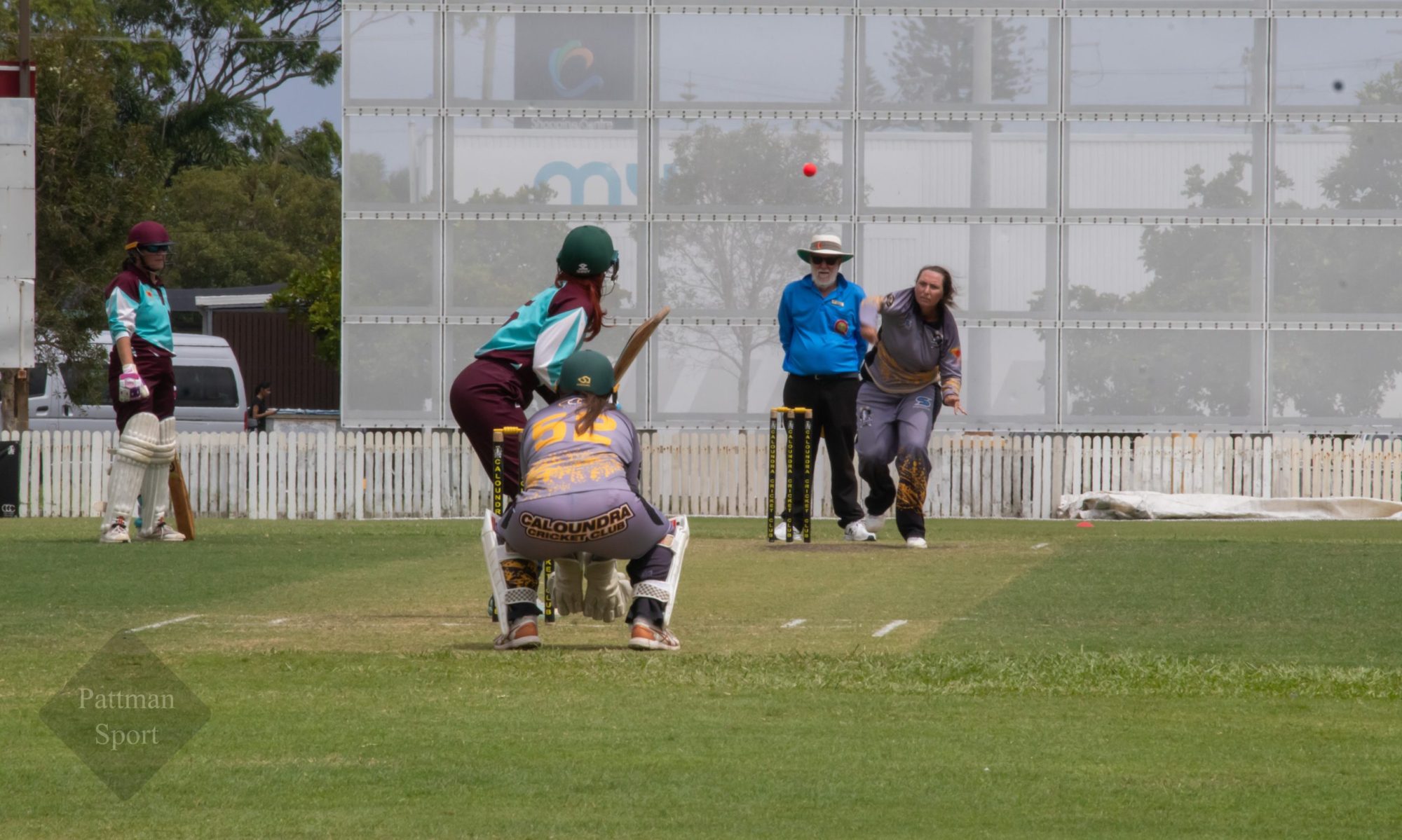 A thrilling tie between Traralgon District and Bairnsdale highlighted Round 4 of GCL action, with the result throwing a spanner into the works as far as the league ladder is concerned, as there is now a log-jam of teams vying for a place in the Final situated between spots two and four. With no blow outs or one-sided affairs so far in the season, players and administrators will no doubt be pleased of the quality of cricket that has been produced and will look forward to Country Week with plenty of confidence.
A thrilling tie between Traralgon District and Bairnsdale highlighted Round 4 of GCL action, with the result throwing a spanner into the works as far as the league ladder is concerned, as there is now a log-jam of teams vying for a place in the Final situated between spots two and four. With no blow outs or one-sided affairs so far in the season, players and administrators will no doubt be pleased of the quality of cricket that has been produced and will look forward to Country Week with plenty of confidence.
The above-mentioned contest saw both Traralgon and Bairnsdale unable to be separated when ten wickets fell, each locked on 132 runs. Batting first, Traralgon got off to a shaky start, before consolidating as they often do down the order, to push toward a competitive total. Chris Lehner with 26 and Brett Chapman with 30 were the best performers. Darcy Murray tore through the Traralgon batting card, finishing with figures of 4/35. He received good support from Stephan Grobler, Jack Lind and Nathan Pollard, who all took multiple wickets.
At the tea break few could have anticipated what was about to transpire, and in a remarkable situation the Bairnsdale fall of wickets read eerily similar to the Traralgon one. Ryan Hadford with 28 and Reegan Kyle with 25 were the main contributors with the willow, whilst it was the spin of Traralgon that proved effective, with Ross Whelpdale and Lee Stockdale taking five between them. Luke Henderson was also able to claim two scalps as the match was taken to the penultimate over where the final wicket pairing of Ricky Tatnell and Reegan Kyle required three to win. With Tatnell’s eyes lighting up at an Owen Kelly delivery, victory was within one shot. However, Chris Lehner’s quick hands were up to the challenge, and he was able to effect a match saving stumping to tie one of the great GCL games.
In the other match between Warragul and Sale-Maffra, a number of players from both teams were given a chance to impress before Country Week as many front liners were absent due to Gippsland Pride commitments. Sale-Maffra batted first after being sent in and closed at 9/204. Best performers were Nathan Massey with an unbeaten 73, Anthony Scott with 44 and Stuart Anderson with 30. For Warragul, their best bowlers were Tom Keily 3/17, Nick Fairbank 2/27 and Rhys Holdsworth, who’s flighters claimed 2/34. In response, not even the presence of Grant Duncan on the team sheet could get the Wilddogs across the line, as they finished at a decent 161. Top scorers were Holdsworth with 43 and Jack Paull who scored 35. For Sale-Maffra Jack Tatterson was the destroyer, decimating the Warragul line up to take 5/29.

